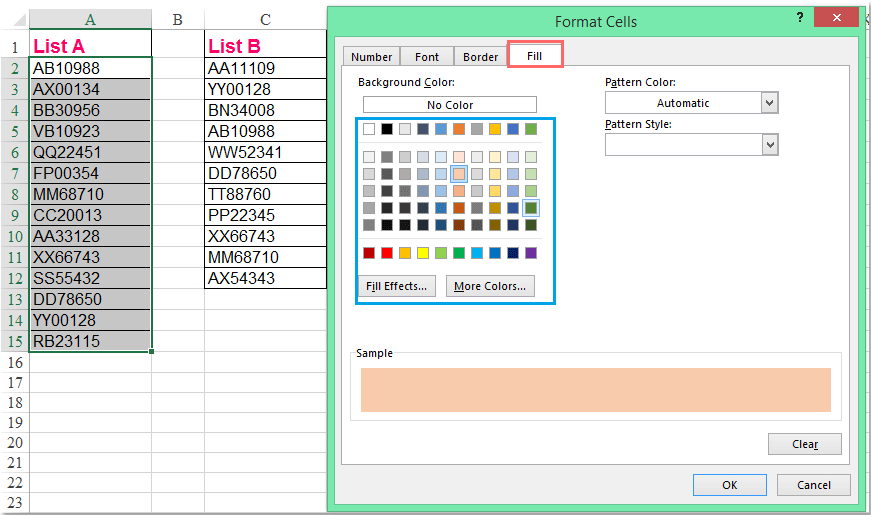
that's right, 4 columns: date, invoice#, product, qty. Then I selected 4 columns to use for the comparison.

You should now have one spreadsheet with two different colored rows - red ones from original spreadsheet, black ones from second spreadsheet. Then I selected all the rows in the second spreadsheet, copied them and pasted them at the end of the rows in the first spreadsheet. In the first spreadsheet I selected all the rows and changed the font to red. I had to find the rows in a second spreadsheet that were not in an original spreadsheet. Īfter seeing this and playing with it a bit, I was happy to discover that I could use this method to select multiple columns to compare. Spare a minute to become superawesome at work – Read a Quick Tip. Hats off to Artem for sharing this beautiful tip with us. See the screencast aside to see how this works ( click here for a detailed demo). Go to Conditional Formatting > Highlight Cells Rules > Duplicate Values.


I think it is sell “geeky”, but it gets job done very very quickly when you don’t want to mess around.Īrtem must be an Excel Yoda. Then in one list non-highlighted are values that are not present in the second list, and opposite for the second list. The result is that it highlights in both lists the values that ARE the same. The quickest way to find all about two lists is to select them both and them click on Conditional Formatting -> Highlight cells rules -> Duplicate Values (Excel 2007). Last week we discussed a fun and easy way to compare two lists of data in excel using conditional formatting.


 0 kommentar(er)
0 kommentar(er)
